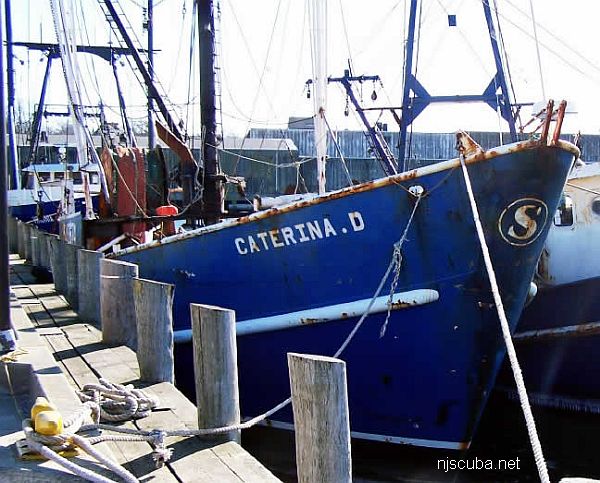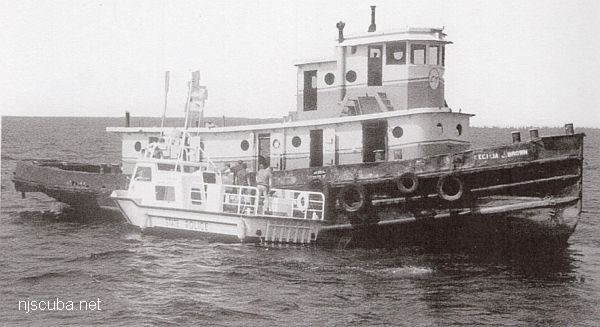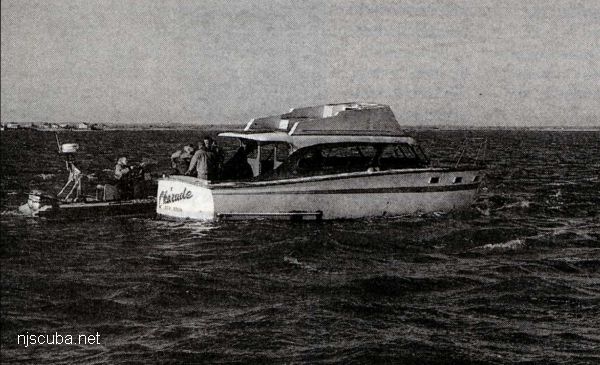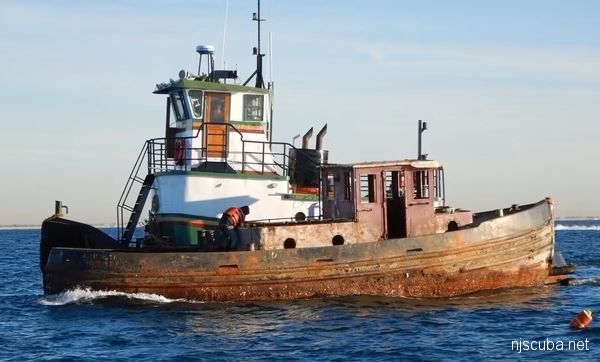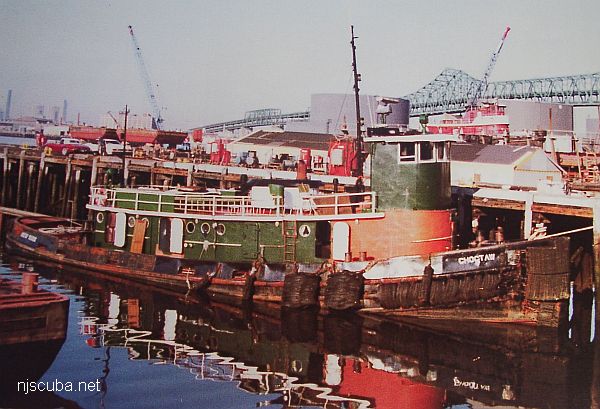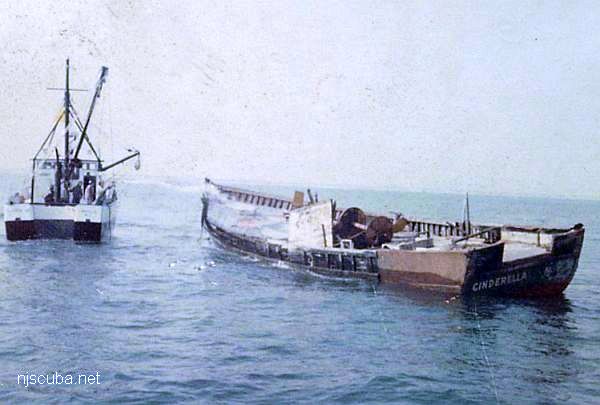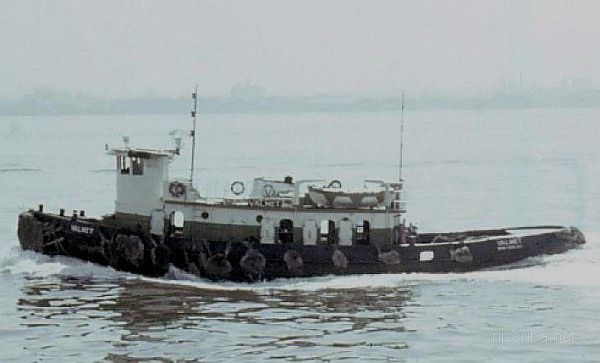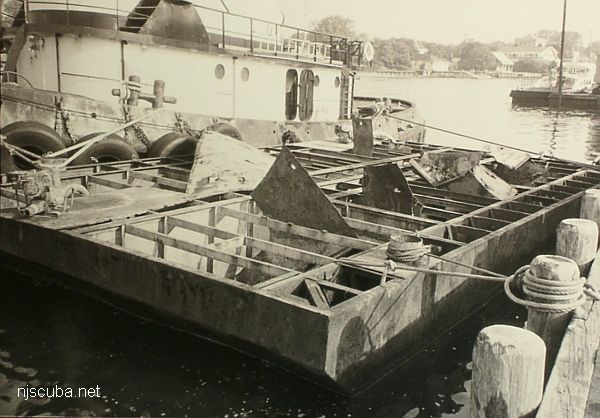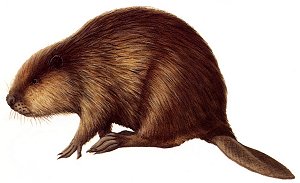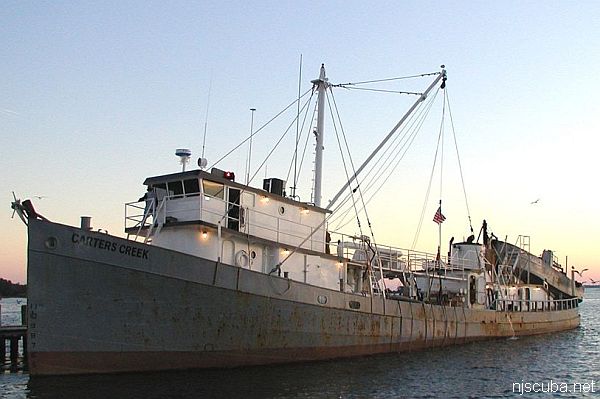
- Type:
- artificial reef, trawler, purse seiner
- Built:
- 1948, RTC Shipbuilding, Camden NJ, USA, as Absecon
- Specs:
- ( 130x25 ft ) 198 gross tons (as built)
- Sunk:
- Wednesday May 19, 2021 - Manasquan Artificial Reef
- GPS:
- 40°05.010' -73°59.632'
- Depth:
- 75 ft
More: Carter's Creek ...

